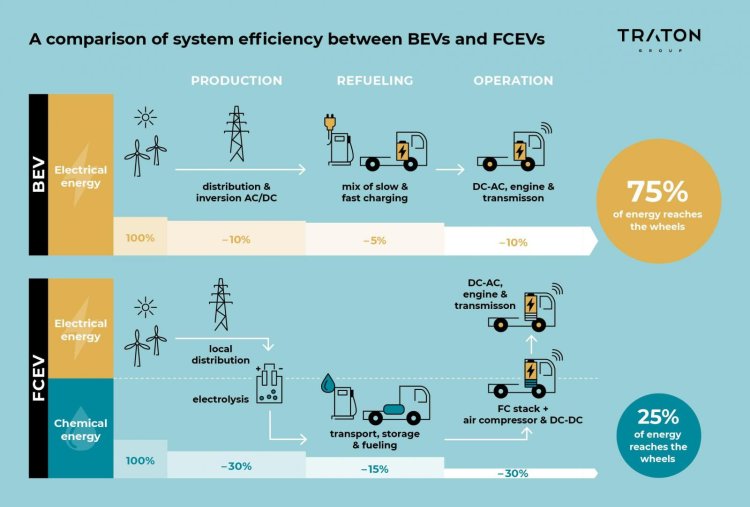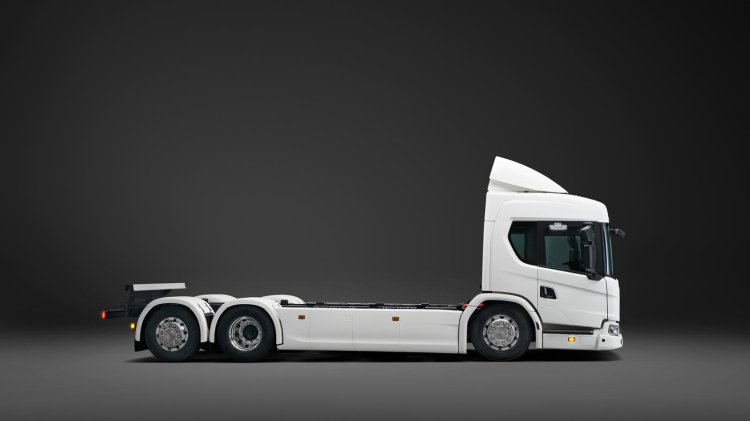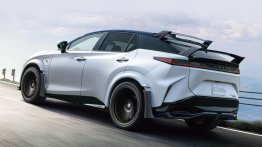The TRATON GROUP's strategy of clearly focusing on battery-electric drive systems for the powertrain of the future is underpinned by a recent Fraunhofer analysis. In the scientific article by the Fraunhofer Institute for Systems and Innovation Research ISI entitled "Hydrogen unlikely to play major role in road transport, even for heavy trucks", published in the magazine "Nature Electronics", the authors come to the conclusion that the battery-electric drive is superior to the fuel cell in the vast majority of regions and of commercial vehicle applications, explicitly including long-distance heavy-duty transport.
"We are pleased with the clarity of the analysis result, even if it does not surprise us. It once again confirms TRATON GROUP's strategy of focusing on battery-electric drives for our commercial vehicles," comments Catharina Modahl-Nilsson, Chief Technical Officer of TRATON GROUP. "In truck traffic, especially on long-distance routes, pure e-trucks will in most cases be the cheaper and more environmentally friendly solution. This is because hydrogen trucks have a decisive disadvantage: only about a quarter of the output energy flows into the drive, three quarters is lost through conversion losses. With the e-truck, the ratio is reversed."
In addition, the expected amount of green hydrogen is limited, even with large-scale imports, and should thus be available to energy-rich industries, as the current Fraunhofer study also summarizes. The demand from European industry alone, for example, steel mills, massively exceeds the total green hydrogen production capacity currently planned for the EU for 2030.
The energy cost advantage of battery-electric trucks is the key to a rapid switch to e-trucks, because fuel and energy costs account for the largest share of the total cost of ownership (TCO) for intensively used commercial vehicles. They exceed the purchase costs many times over. The better the vehicles are utilized, the more intensively, longer and more regularly they are used, the greater the energy cost advantage of e-trucks becomes. Overall, a typical heavy-duty e-truck in Europe is likely to be ahead of a conventional diesel truck in terms of total costs as early as 2025. However, this requires an area-wide fast-charging infrastructure, in Europe designed for a driver's 45-minute break after four and a half hours of driving.
"Battery-electric long-distance trucks are coming, the technology is there, and the networks will go along with it," Modahl-Nilsson makes clear, adding, "What's needed now is political support to achieve massive CO2 savings quickly with this technology. That's why the development of a high-performance charging network for e-trucks must be pushed forward promptly, and with government support." Modahl-Nilsson went on to say that further support for a rapid changeover could be found in incentives for the operators of battery-electric trucks. Conceivable here, for example, would be exceptions to the Sunday driving ban or making night logistics possible.














